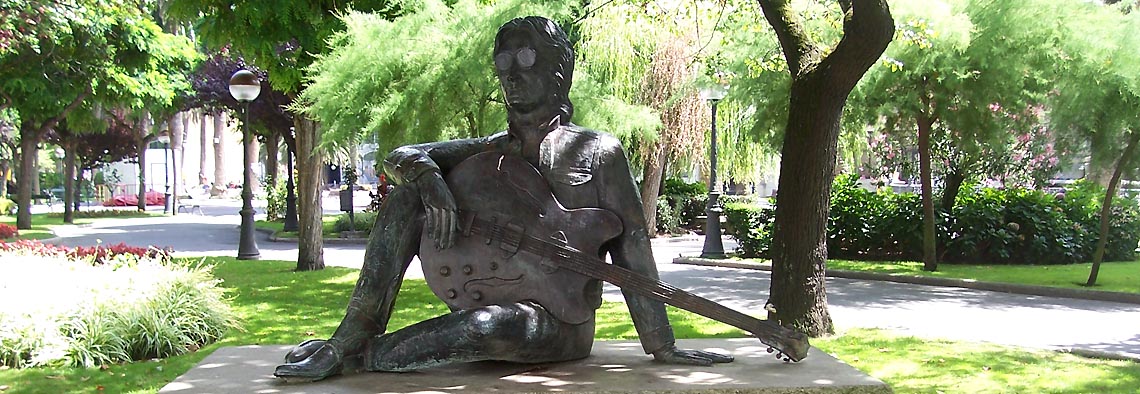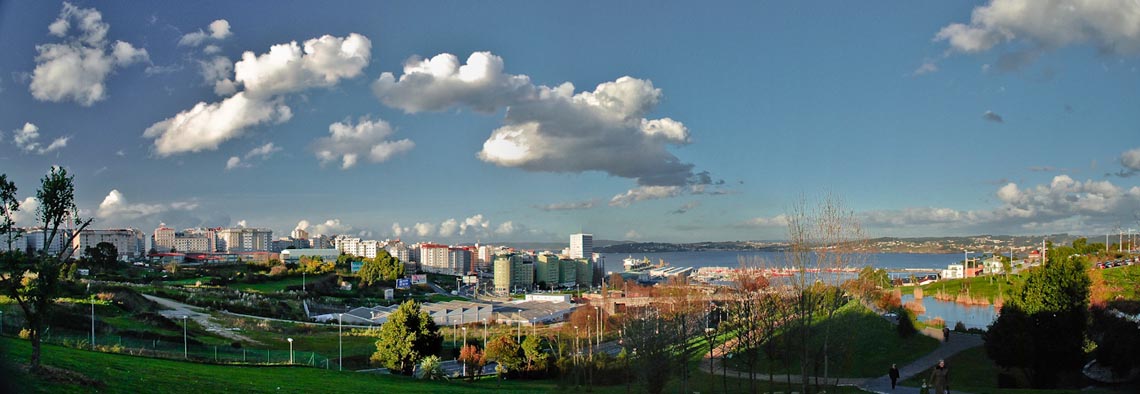Neve Tzedek the Bohemian Quarter of Tel Aviv
01 March, 2017
Neve Tzedek, which in Hebrew means “home of justice”, was the first Jewish quarter to be built beyond the walls of the ancient port of Jaffa, twin to the still inexistent city of Tel Aviv (which emerged in the 1880s). From the outset, it was a place of refuge of the some of the most illustrious figures of Israeli culture. Now, a century after it was founded, its bohemian atmosphere is still in full swing. Some of the houses in this quarter are veritable monuments, built in such styles as the Bauhaus or Art Deco, while its streets are studded with cultural centres, restaurants, shops, cafés and bars you simply must visit on your stay in Tel Aviv. Here are some of the standout venues:
Suzanne Dellal Centre for Dance and Theatre
A must-visit spot on any art tour of Neve Tzedek. Fronted by a large mural by David Tartakover, one of Israel’s leading artists, the Suzanne Dellal Centre for Dance and Theatre has four spaces which host performances by some of the foremost national and international dance companies. It is also the headquarters of the highly acclaimed Batsheva Dance Company. If you aren’t much moved by dance, you will certainly by stunned by the mesmerising interior plaza, the surrounding gardens or the Suzanne Café, one of the best spots in the neighbourhood to while away the afternoon chatting over a steamy cup of coffee. Suzanne Dellal Centre for Dance and Theatre, 5 Yechieli Street.
Dallal
It is important not only to replenish your energies, but to do so where eating is raised to the heights of pure pleasure. In Neve Tzedek, Dallal is such a place. Located in the heart of the quarter, the cuisine at this restaurant draws inspiration from both nearby Jaffa and its Arab roots, and the Mediterranean. Sheer bliss on the palate. Make a point of getting there early and have a cocktail in their enchanting outside square. Dallal, 10 Shabazi Street.
Chelouche Gallery
Dating from 1886, this was the first building to be erected in Neve Tzedek. Aharon Chelouche, a landowner, jeweller and moneychanger, was one of the leading figures in Jaffa’s Jewish community in the late 19th century. A co-founder of this neighbourhood, together with Shimon Rokach and others, the erstwhile home of Chelouche is now one of the city’s paramount art galleries. While the works on its walls are fascinating, no less so are the views of the quarter to be had from the roof terrace. Be sure to go up to the top. Chelouche House, 32 Shlush Street.
HaTachana
At the end of Shabazi Street, the main and most crowded thoroughfare in Neve Tzedek, stands HaTachana, the Hebrew name for Jaffa’s old railway station. Built in 1892, HaTachana eventually fell into disuse and was closed for years. In recent times it was restored and renovated to house a number of cafés, bars, restaurants, shops and markets, turning the former train station into one of the liveliest points both in the district and the whole city. HaTachana, 1 Kaufmann Street.
Jajo
This small wine bar, with a capacity of hardly 14 people, is sophisticated yet inviting and boasts an excellent wine list. Its standout items are imported from Spain and France, and it also features an exciting list of cocktails. It is the ideal spot for ending off a day’s sightseeing in Neve Tzedek. Jajo, 44 Shabazi Street.
Carmel Market
Carmel Market (in Hebrew, Shuk Ha'Carmel) is a must-visit landmark for anyone arriving in Tel Aviv. Located on the edge of the Neve Tzedek quarter, it is a blend of a regular market, street market and souq, and is divided into two sections. The first houses stalls selling clothing, footwear, electrical appliances, etc. often at laughable prices. The highlight of the second and far more attractive section is an area of florists’ stalls, but it also has food stalls (fruit and vegetables, meat, cheeses, breads…), and those selling spices, which provide a fascinating explosion of colour, textures and aromas. 1 HaCarmel Street.
Nachum Gutman Museum of Art
Nachum Gutman, an Israeli painter and sculptor of Russian origin, was a cardinal figure in endowing Israeli art with a style of its own. Indeed, he departed from the European influences of his masters, which he regarded as inadequate for portraying the uniqueness of his country and its landscapes. His works are on display in various public buildings in Tel Aviv and, of course, in the Nachum Gutman Museum of Art as well. Nachum Gutman Museum of Art, 21 Shimon Rokach Street.
Rokach House
The journalist Shimon Rokach was the founder of a neighbourhood which at the end of the 19th century was part of the old city of Jaffa. Built in 1887, the Rokach family home is now an interesting museum devoted to that period. It is also the home of Lea Majaro-Mintz, Shimon’s granddaughter and one of the most widely acclaimed painters and sculptors in Israel. Rokach House, 36 Shimon Rokach Street.
Be sure to discover Neve Tzedek – book your Vueling to Tel Aviv here.
Text by Oriol Rodríguez
Images by Israel Photo Gallery, Amos Gil, israeltourism, Julien Menichini
01 March, 2017







